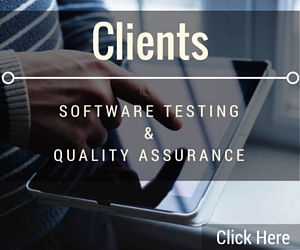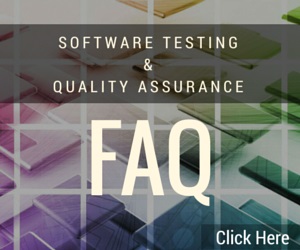
When Windows 10 first launched in July 2015, Microsoft announced that it would offer free upgrades from Windows 7 and 8 in an attempt to lure users away from these aging operating systems. Then, a year later, the company effectively began forcing users to adopt Windows 10 by automatically updating their systems without first gaining their consent. Despite these aggressive (and highly controversial) upgrade strategies, Windows 7 still occupies a greater overall market share than Windows 10.
Now, in a last-ditch effort to get its users to abandon Windows 7, Microsoft has announced that it will begin charging its corporate and institutional customers a fee to receive extended security update support in 2020. This paid support option will be available through January 2023, but it will get more expensive each year.
This isn’t the first time Microsoft has struggled to convince its enterprise-level customers to upgrade to a new operating system. The company offered extended support for Windows XP until 2014, more than 12 years after the legacy operating system was released. The Internal Revenue Service (IRS) even paid Microsoft an estimated $30 million to update its remaining Windows XP machines after the agency missed the upgrade deadline on April 8, 2014.
Although Microsoft is undoubtedly hoping this decision will sell more copies of Windows 10, its motivations are not entirely selfish. It’s much easier for the company to protect its users against ransomeware attacks, for example, when they’re all running the latest version of a single operating system. Furthermore, Microsoft plans to release incremental updates to Windows 10 for the foreseeable future instead of replacing it with a brand new operating system as it has done in the past.
This transition has had its fair share of growing pains, but it could result in a more stable and secure Windows ecosystem in the long run.

 With Experience in Quality Assurance & Testing Desktop Software, Mobile Apps, Websites & Web Applications for Nearly 30 Years, Beta Breakers has become the Premier Software Quality Assurance Labs and Application-Testing Provider -
With Experience in Quality Assurance & Testing Desktop Software, Mobile Apps, Websites & Web Applications for Nearly 30 Years, Beta Breakers has become the Premier Software Quality Assurance Labs and Application-Testing Provider - 

Leave a Reply